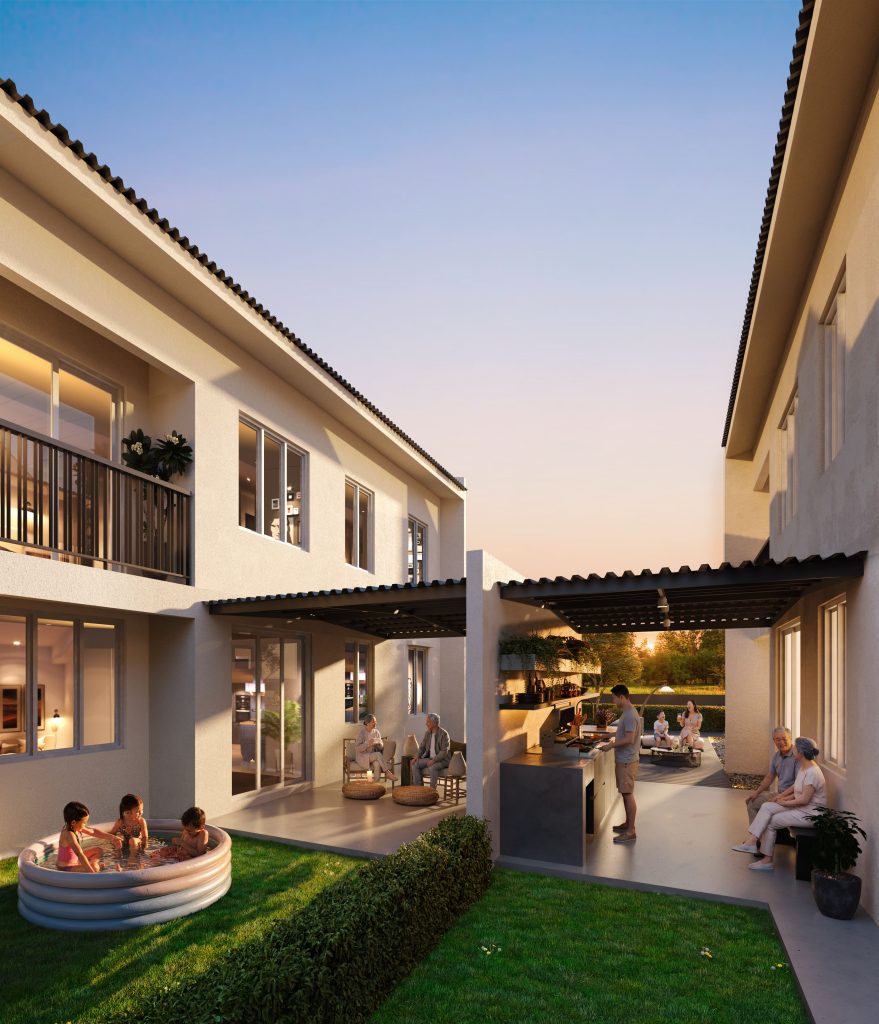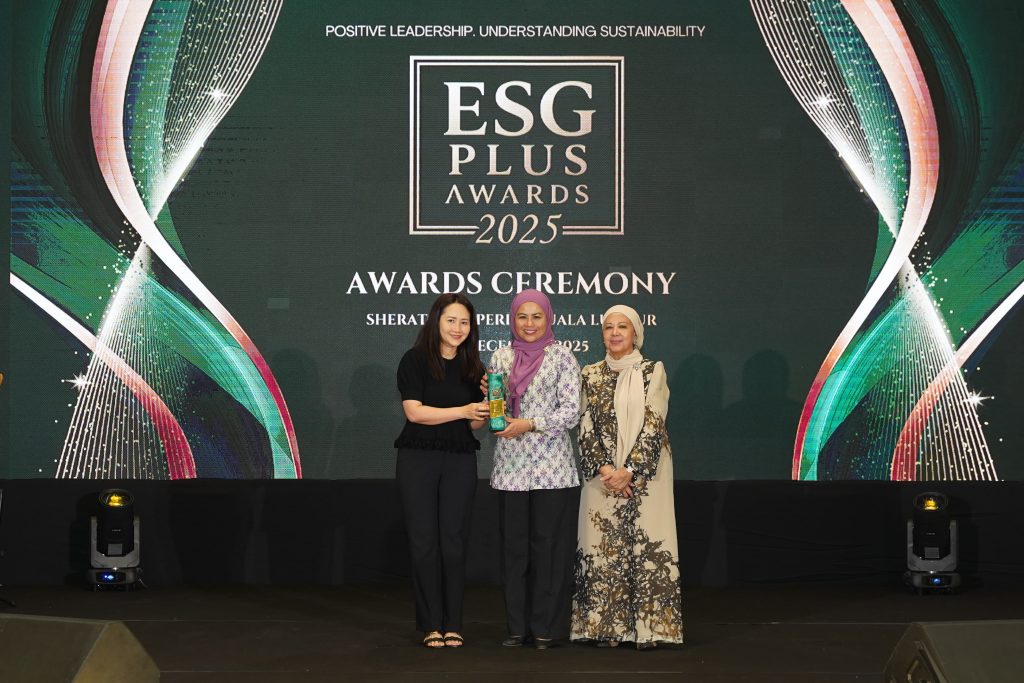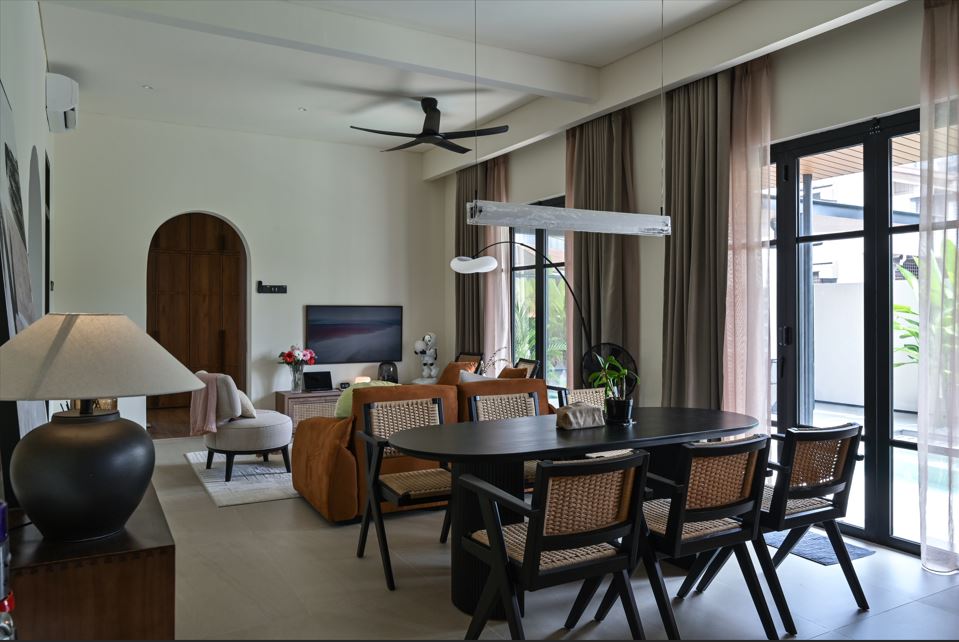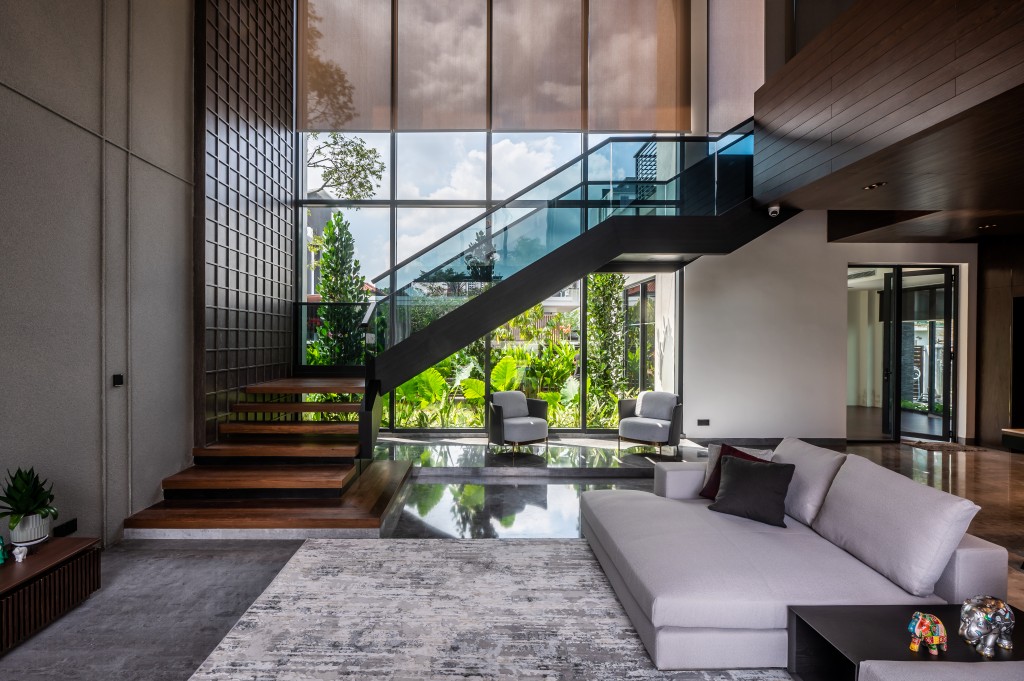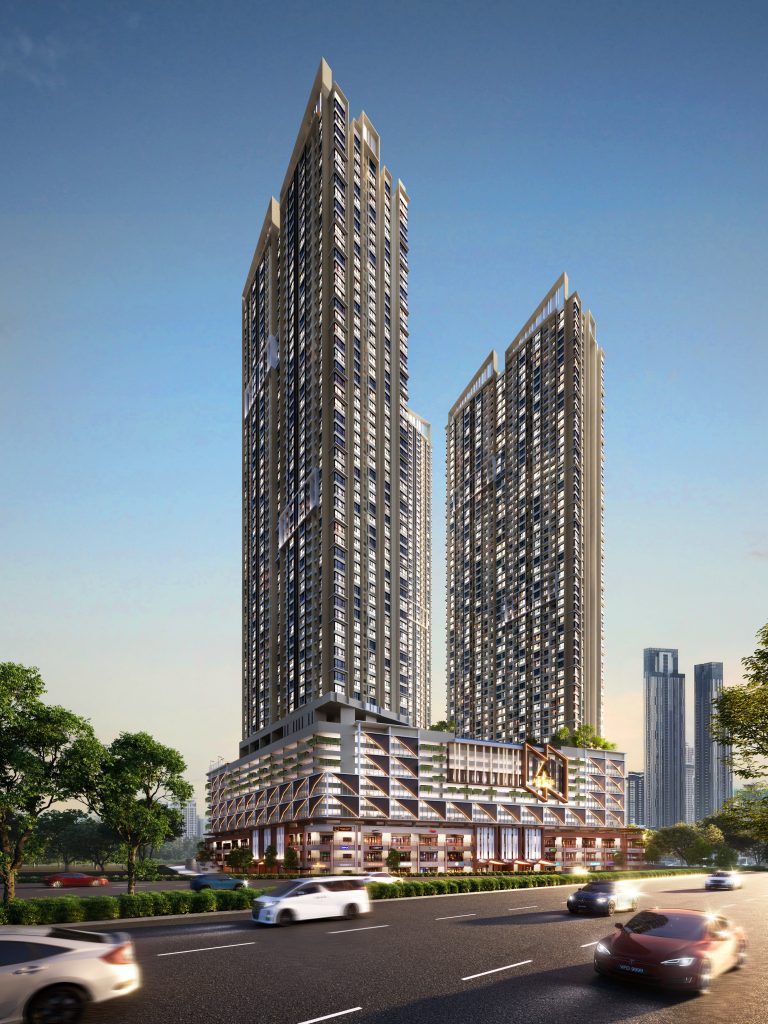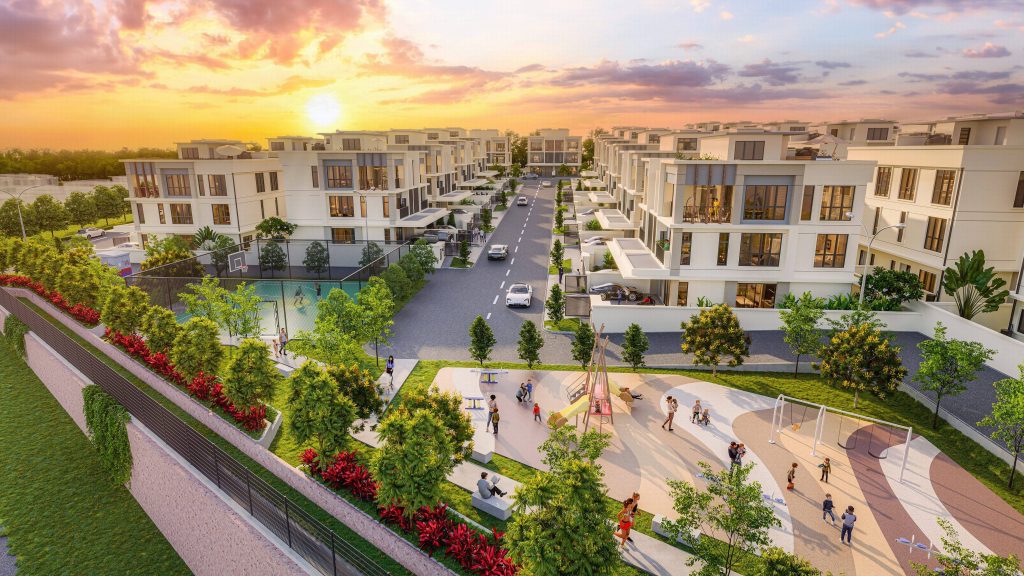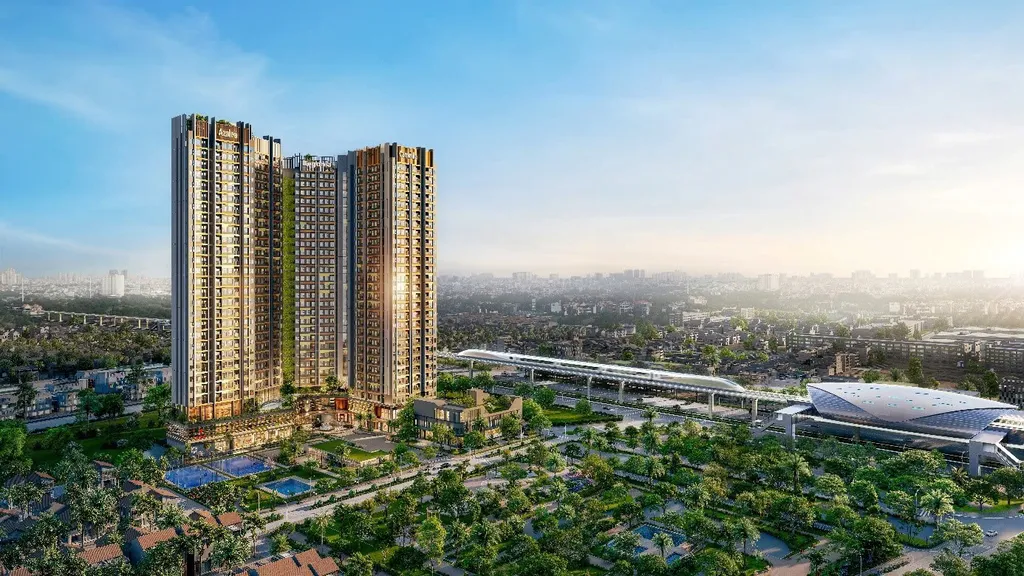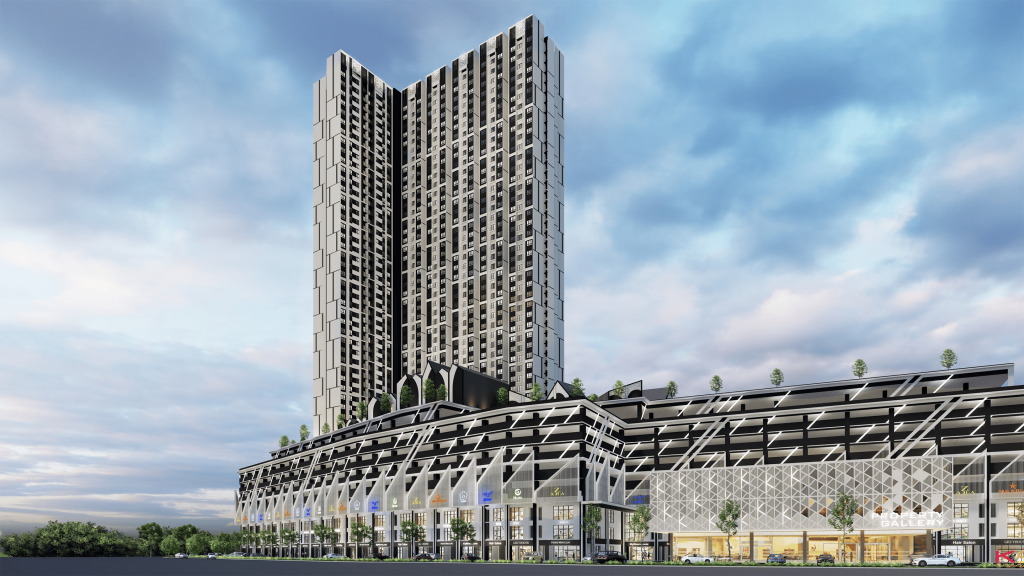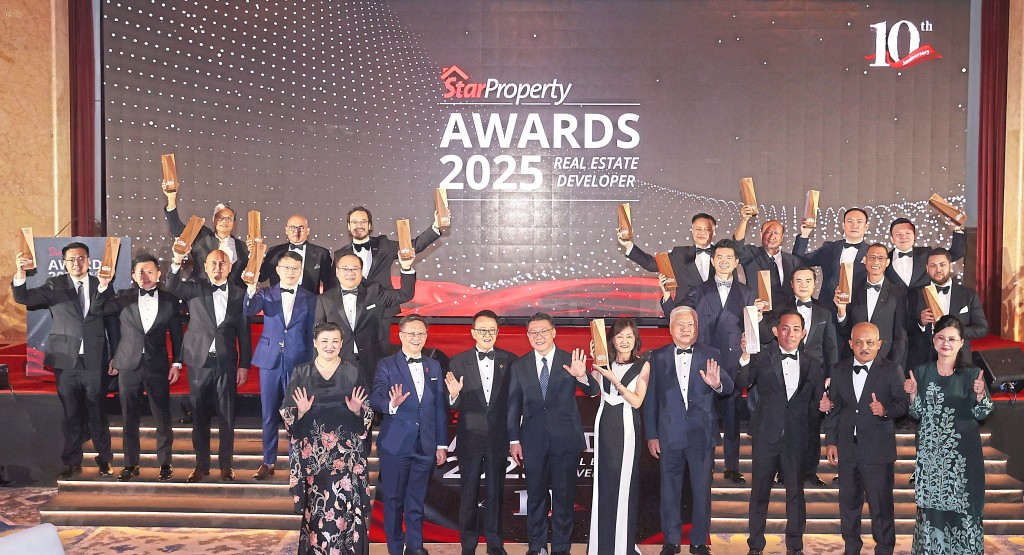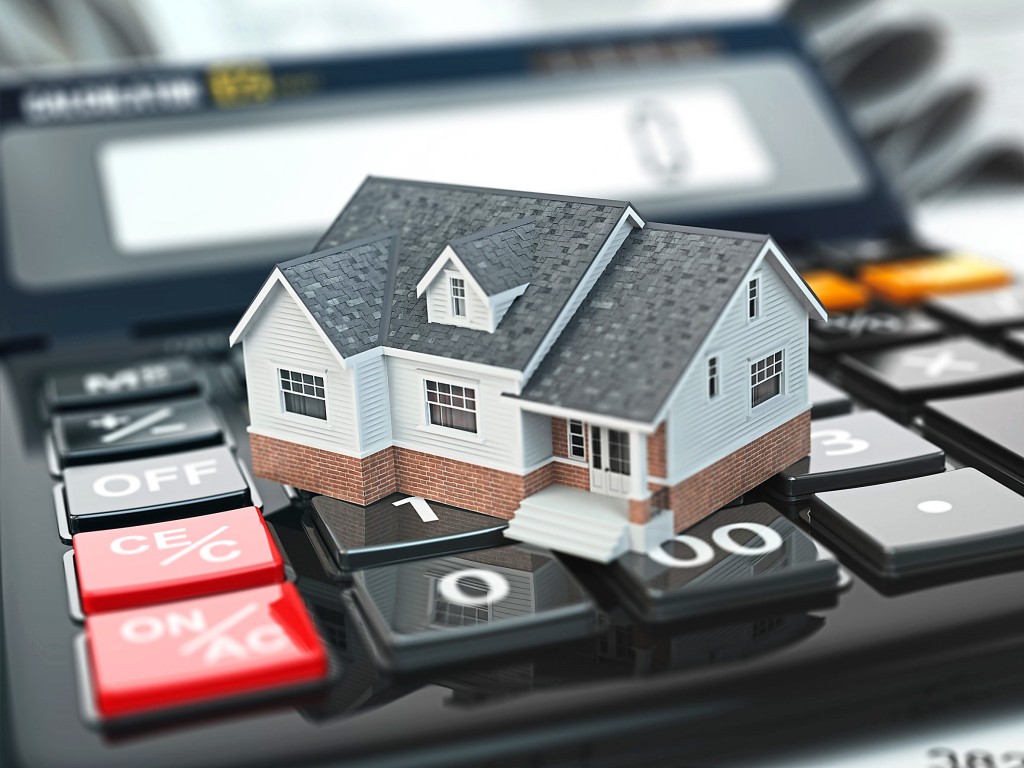Contributed by Alan Poon
Now that the election dust has settled, life goes on as usual, and business or investment communities which require much stability should be relieved that pre-planned events or projects can proceed without much uncertainty ahead.
For those who had been holding on to their property purchasing decisions, it is time to put your aspiration into action.
From my last two articles, I have articulated that buying a property is always a good choice and one has to be clear of the investment objectives.
The next logical step would be to determine the “affordability” of any purchase to meet that investment objective. Many would be quick to point out that the yardstick of affordability is about the price of a property.
Everyone would have perceptions of whether a property is expensive, cheap or generally speaking safe and affordable for purchase. In greater Klang Valley, for example, many developments are seen as affordable, albeit priced at circa RM500,000.
The most usual type of properties for this range is the stratified high rise properties while most landed properties are priced ‘higher’ accordingly.
There had been numerous measurement of affordability when it comes to the range of property prices. According to The Khazanah Research Institute report released in 2015, an affordable house is defined as being priced not more than three times of the annual median income.
For instance, a median monthly salary of RM7500 totalling RM90,000 annually and the affordable price range is only at RM270,000. For those living in the city, one would be perplexed as to how this figure is ever possible.
However, during the Budget 2016 recalibration, a more specific range of up to RM300,000 was defined as affordable for first-time homebuyers. It has been seen as entry price point for young homebuyers today, or so it seems.
Another way to assess the “affordability” of a property is to break down the absolute purchase price of the property into “per square foot” (per ‘sqft’ OR ‘psf’ in short) by dividing the total amount with the built-up size of the property.
In numbers, it means a RM500,000 property which is 800 sq ft in size will result in around RM625 psf. In comparison, at 1000sq ft, it would only amount to psf of RM500 if using the same absolute amount. By the calculations above, the 1000 sq ft unit would be more ‘affordable’ than the smaller 800 sqft and hence gives a much clearer perspective of the value of a property.
However, the definition of “affordability” by this method is ineffective due to other variables not taken into account. What if the same psf is also available in a sub-urban area versus those of the same in the city? Does it mean that both are equally “affordable”?
One must also look into the cost of living by geography since income level in different locations will differ economically and impact the perception of 'affordability'.
In contrast, while others could be struggling to own a house in the city, there are those who prefer budget living and choose to purchase a similarly priced property much further out from the city and having bigger sized unit while sacrificing some travelling time and cost.
Considering the above, an accurate measurement of affordability revolves around the capacity in which purchasers can leverage their income when it comes to taking up a mortgage for the property purchase. Many young homebuyers find it a hurdle to qualify for the financing facility based on their starting income level, let alone getting the property of their dreams.
Despite all the affordable projects and properties that are made available, it is not surprising that the current state of the real estate market resulted in an overhang based on the latest statistics released in the Annual report by the National Property Information Centre (NAPIC).
Fundamentally, the solution has always been in “affordability” itself literally, as one can only “AFFORD” when the “ABILITY” is there to borrow from the banks. The secret to astute property investment lies in the numbers. When the numbers are correct, there shall be no stopping anyone from owning a dream home or amassing wealth through the asset class in real estates.
Afford-ability is a choice. It will always be your choice to ensure that you grow the ABILITY to generate income over time which in turn helps you to AFFORD to buy your desired property.
Exercise the choice, and there shall be no turning back! What are you waiting for, start now!
Till next time, lets ‘Borak Real Estate’!
About the contributors
Alan Poon, founder and CEO of SuperiorWealth Group, is a passionate Real Estate industry observer as he regularly speaks and appeared in major media publication nationwide. Alan is the author of three “Good Tenant Great Tenant” series of books and is recognized by The Malaysia Book of Records as “The First Author to Launch Three Books Simultaneously”. Alan welcomes feedbacks and can be contacted via alanpoon@superiorwealthmastery.com. Do visit Superior Wealth Group for more info.
Disclaimer
All data and information provided on this site are for informational purposes only. Starproperty.my makes no representations as to the accuracy, correctness, completeness, currentness, suitability, or validity of any information on this site and will not be liable for any errors, omissions, or delays in this information or any losses, injuries, or damages arising from its display or use. All information is provided on an as-is basis. All users are strongly encouraged to seek professional advice before relying on any data and/or information provided on this site.






